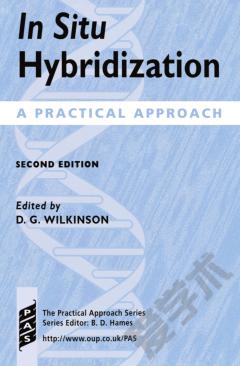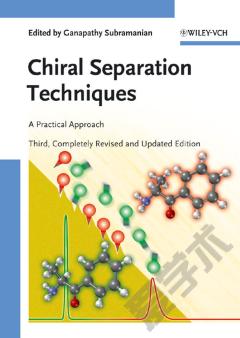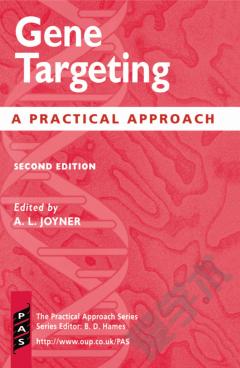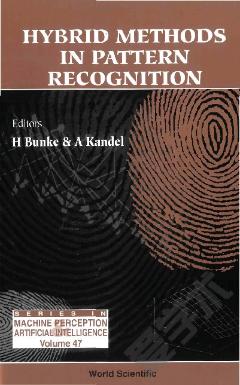In Situ Hybridization —— A Practical Approach
----- 原位杂交:一种实用的方法
"In situ" hybridization is used to reveal the location of specific nucleic acids sequences on chromosomes or in tissues. Visualization of the location of genes on chromosomes or of specific mRNAs or viruses in tissues is crucial for understanding the organization, regulation, and function of genes. It is a therefore a core technique in all areas of biomedical research. This edition has been thoroughly updated to contain protocols detailing the major techniques of "in situ" hybridization currently in use in the late 1990s: "in situ" hybridization to mRNA with oligonucleotide and RNA probes (radiolabelled and hapten labelled); analysis using light and electron microscopes; whole mount "in situ" hybridization; double detection of RNAs, and RNA plus protein; and fluorescent "in situ" hybridization to detect chromosomal sequences. This book is intended for all biomedical researchers at any level who use "in situ" hybridization.
{{comment.content}}








 京公网安备 11010802027623号
京公网安备 11010802027623号